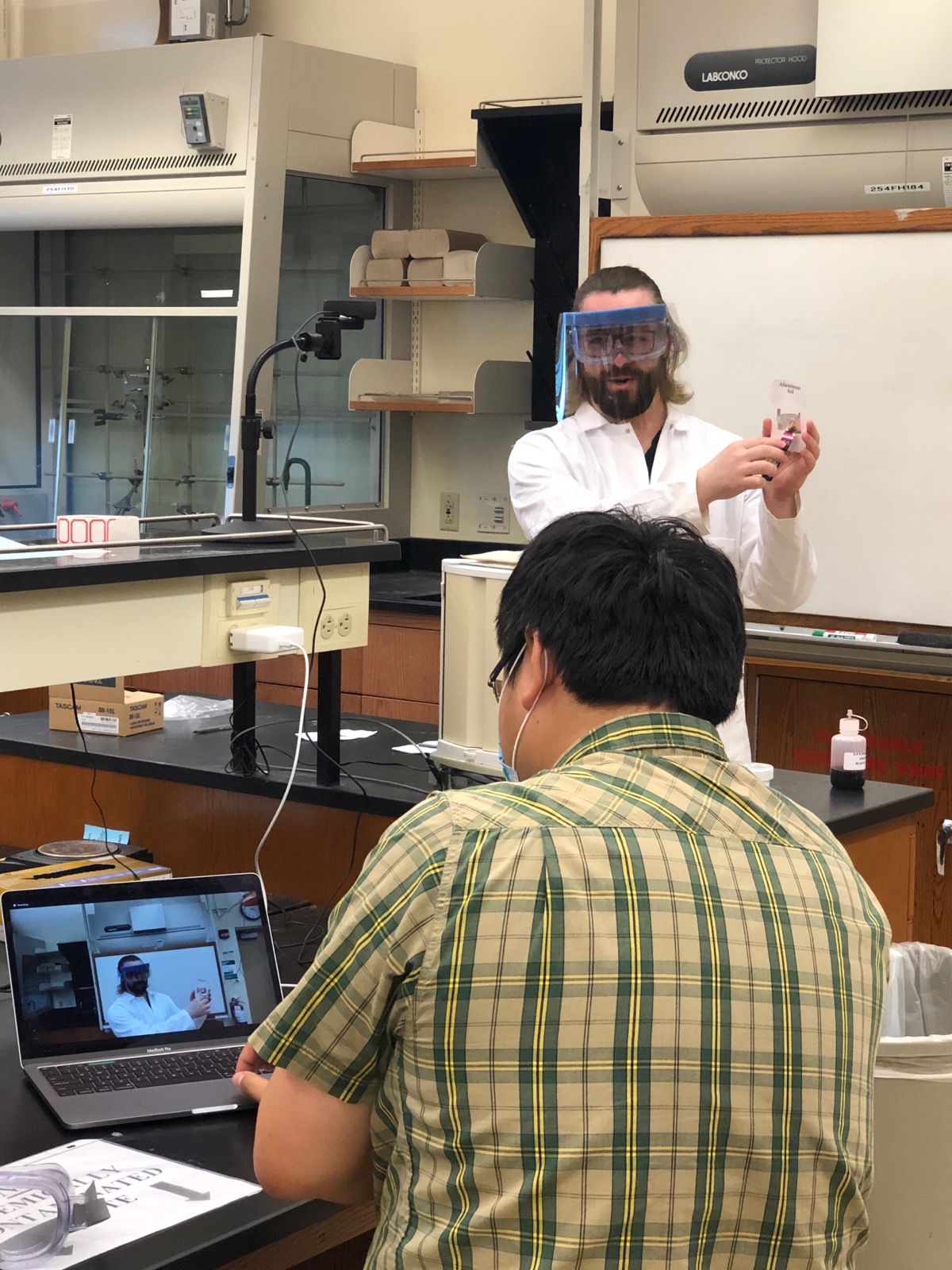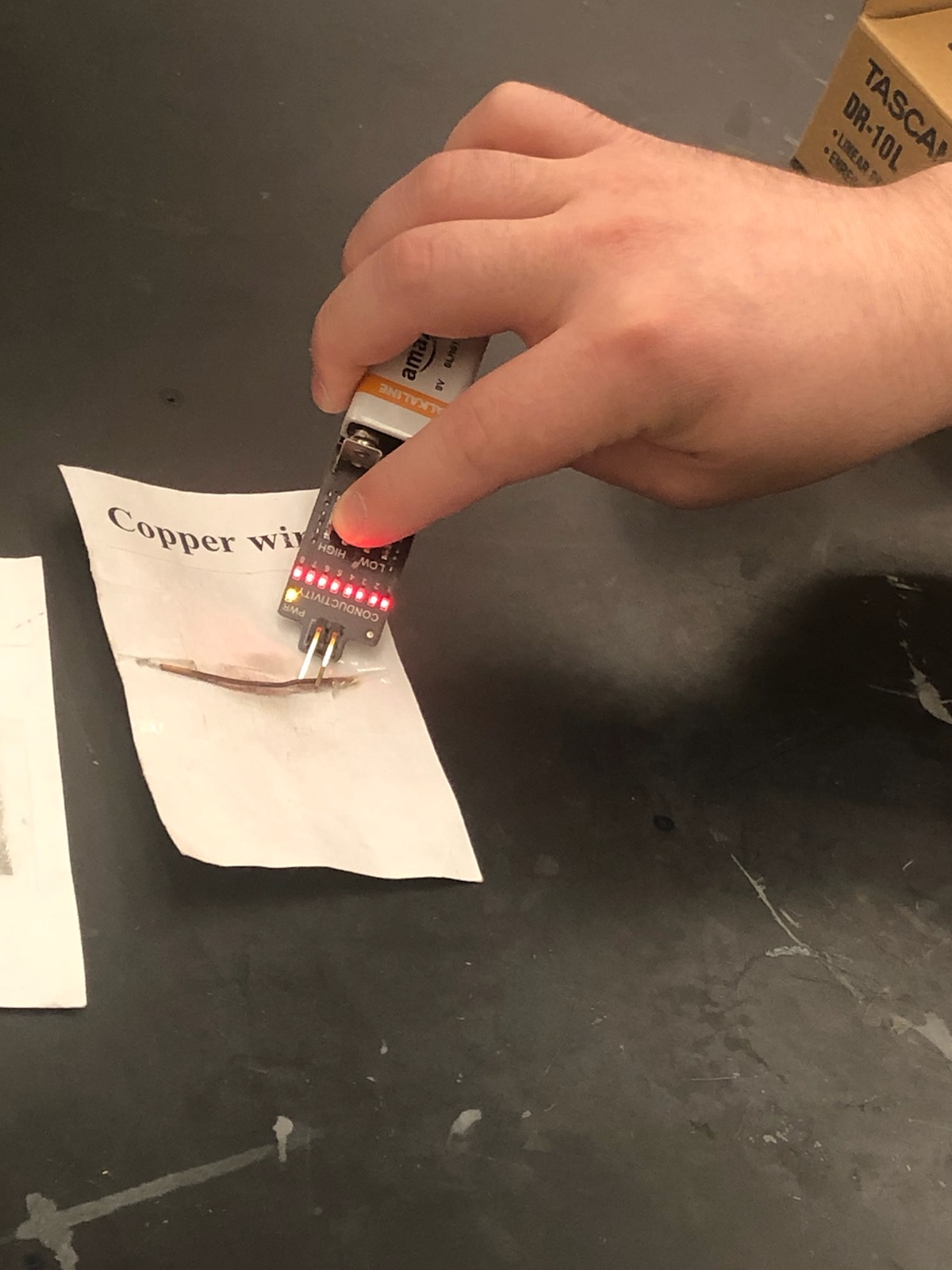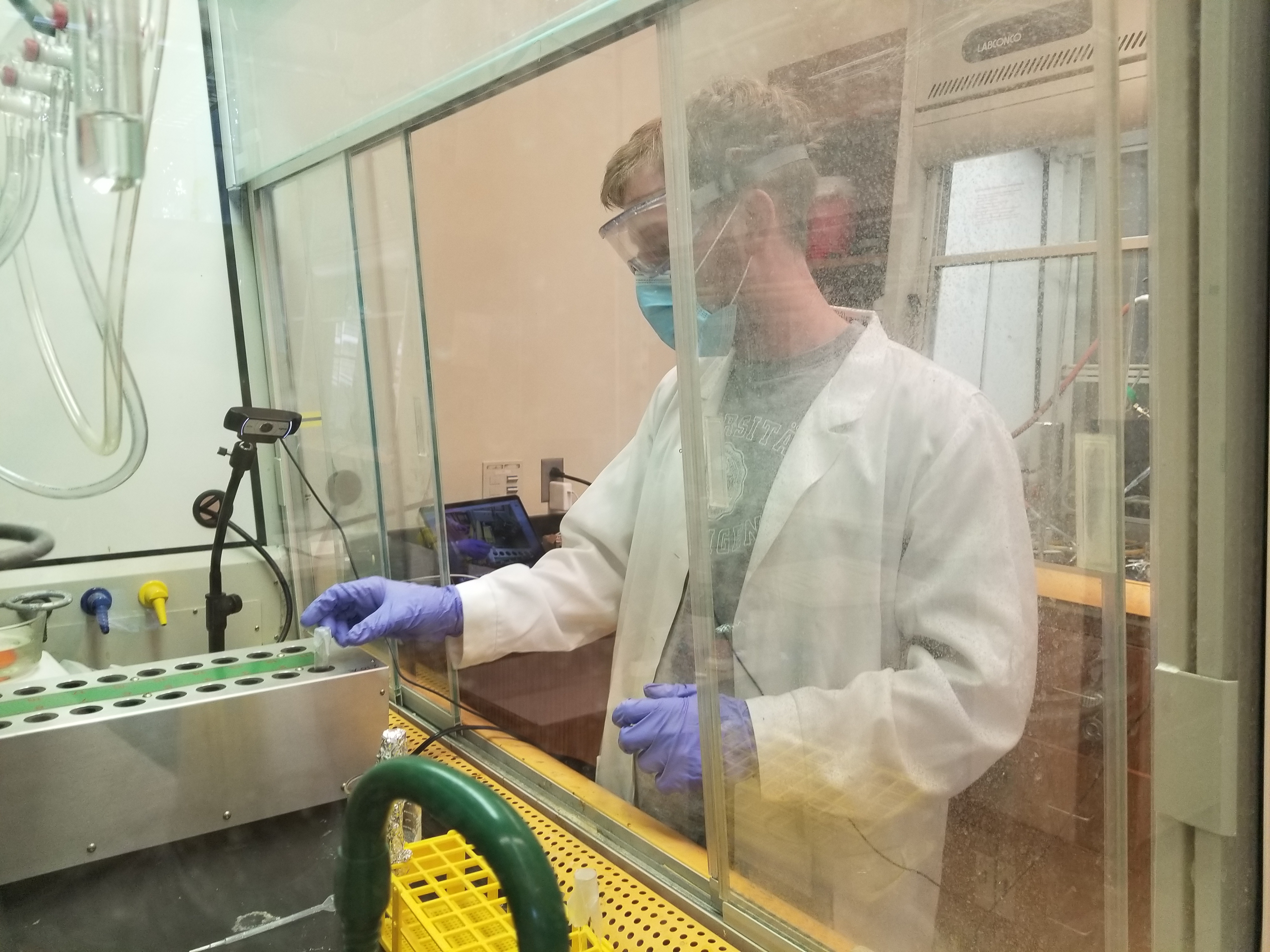Instructors have revised their plans for fall significantly, including developing new materials to support hybrid learning.
Practically since the spring semester ended, chemistry instructors have been hard at work preparing for fall. Because classes like general chemistry include large lecture and laboratory components, they are particularly difficult to translate to remote or hybrid formats. How can lectures and recitations be structured so every student has reliable access to the material and to their instructors? How can traditionally hands-on labs be translated into a digital space? What other policy changes might be needed to support the new realities of hybrid learning?
"In preparation for fall, we've revised the syllabus significantly," said Jia Luo, senior lecturer in chemistry and director of the general chemistry transition program, in reference to Chem 105, Introductory General Chemistry I. Luo reports that various types of online assignments have been added, such as lecture review questions and online homework problem sets, as alternate ways for students to engage with course materials consistently throughout the semester. The Chem 105 team has also reduced the weight of the final exam in students' total course points. And recitation classes, which are traditionally led by graduate assistants in instruction (AIs), will now be led by instructors to increase opportunities for interaction with students.
Luo also noted that increasingly familiar digital tools, such as Zoom and Piazza, will play important roles in enhancing student engagement.
"In Chem 105, lectures will be completely asynchronous," Luo said. "We're actively working on how best to accommodate students' needs if they have time zone issues or other concerns for either in-person or remote instruction."
Changes to laboratory-based course components are also underway to meet the diverse needs of students. Under the direction of Alison Redden, general chemistry lab director, and Maria de la Cruz, organic chemistry lab director, instructors for general chemistry and organic chemistry lab sections have been recording demonstrations of basic laboratory procedures as well as specific lab activities. Recorded labs will be essential for students learning remotely and may prove to be valuable resources for all students.



In the coming weeks, additional safety features, including plans for students moving in and between labs and signs giving physical distancing guidance, will be installed around undergraduate lab spaces. A video showing students what to do when they first arrive at a lab will be available before the first day of classes.
"We are getting there, and we will be ready when the semester starts," Luo said.




